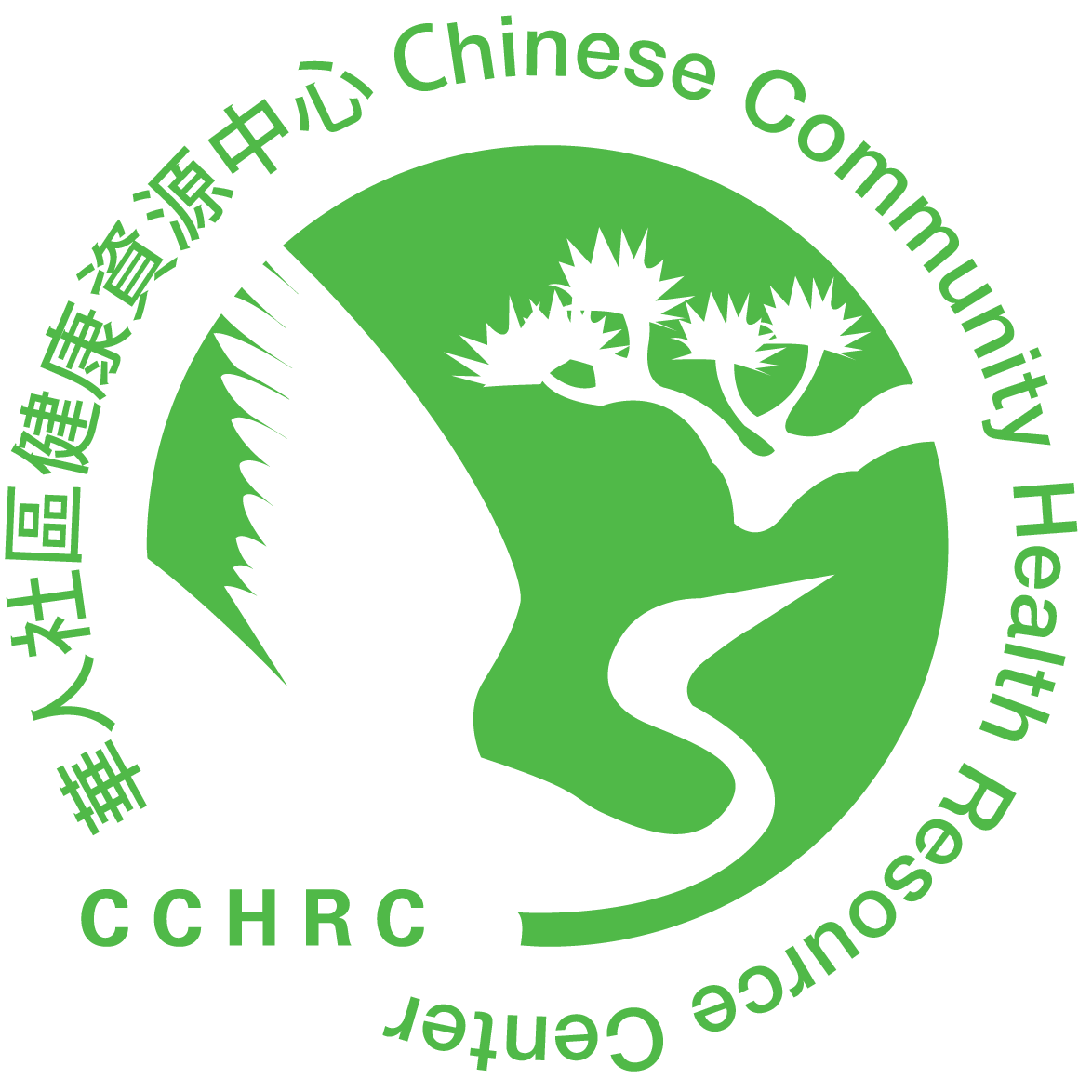Vitamin D promotes calcium absorption to help maintain strong bones and prevent bone diseases such as rickets and osteoporosis. Without sufficient vitamin D, bones can become thin and brittle. Vitamin D may also play a role in protecting the body from high blood pressure, cancer and some autoimmune diseases.
Your body makes vitamin D when skin is directly exposed to the sun. However, some individuals may need to take vitamin D supplement to meet their daily requirement. Before taking any supplements, talk to your doctor first.
Recommended Dietary Allowances (RDAs) for Vitamin D
| Age | Male | Female | Pregnant | Breastfeeding |
| 0-12 months | 400 IU | 400 IU | ||
| 1-13 years | 600 IU | 600 IU | ||
| 14-18 years | 600 IU | 600 IU | 600 IU | 600 IU |
| 19-50 years | 600 IU | 600 IU | 600 IU | 600 IU |
| 51-70 years | 600 IU | 600 IU | ||
| 70 years+ | 800 IU | 800 IU |
Sources of Vitamin D
| Food | Serving Size | International Units (IUs) |
| Cod liver oil | 1 tablespoon | 1360 |
| Salmon | 3 ounces | 447 |
| Mackerel | 3 ounces | 388 |
| Tuna fish | 3 ounces canned in water | 154 |
| Tofu | 1/5 block | 120 |
| Soymilk | 1 cup | 119 |
| Milk | 1 cup | 115-124 |
| Yogurt | 6 ounces | 80 |
| Liver, beef | 3 ounces cooked | 42 |
| Egg | 1 whole | 41 |
| Cereal | 1 cup | 40 |
Copyright © 2014-2020 Chinese Community Health Resource Center
If you would like a copy of this health article, please click on the PDF button in the language you prefer. To view the PDF document, you’ll need Adobe Acrobat, which you can download here.
Bilingual:



